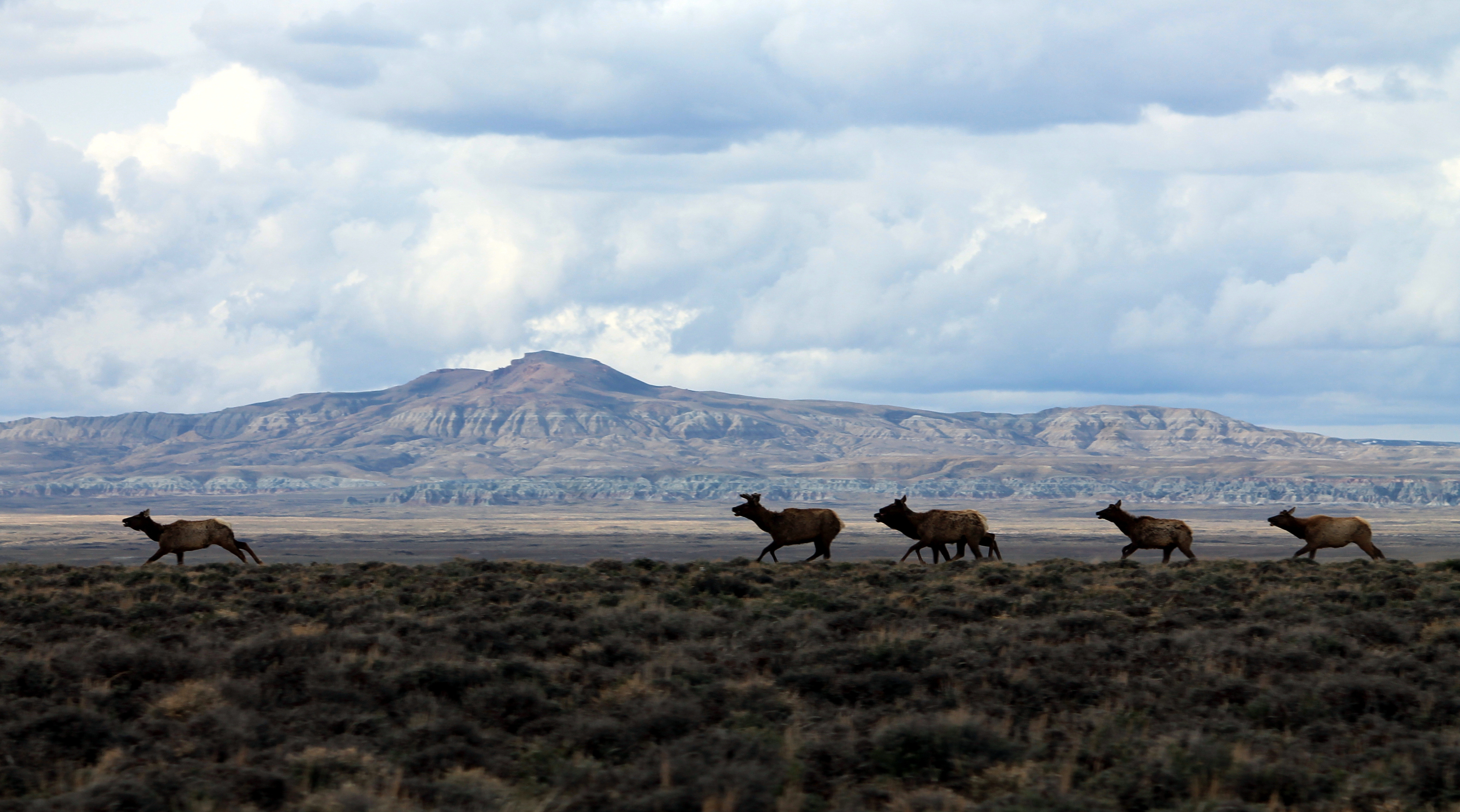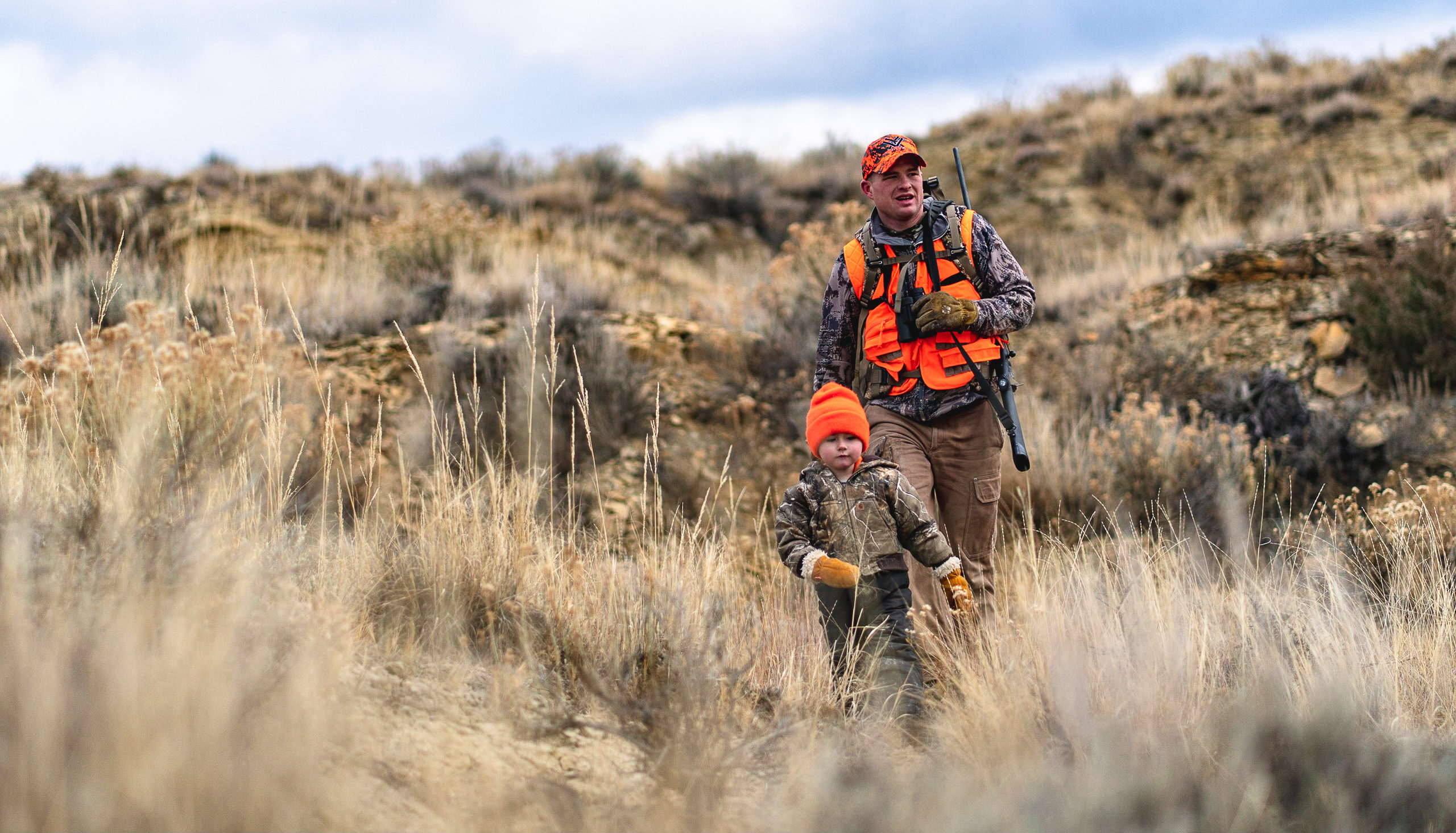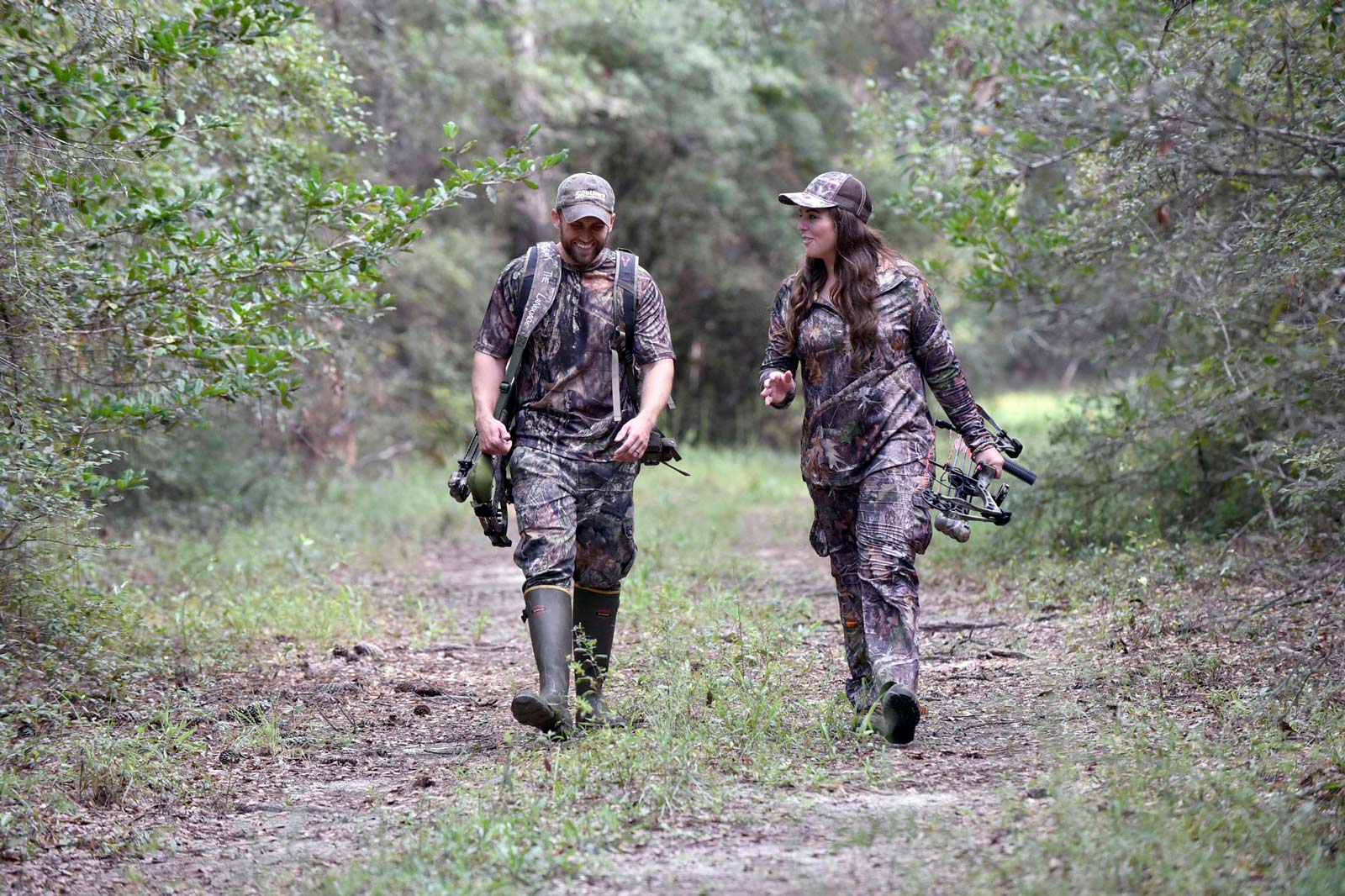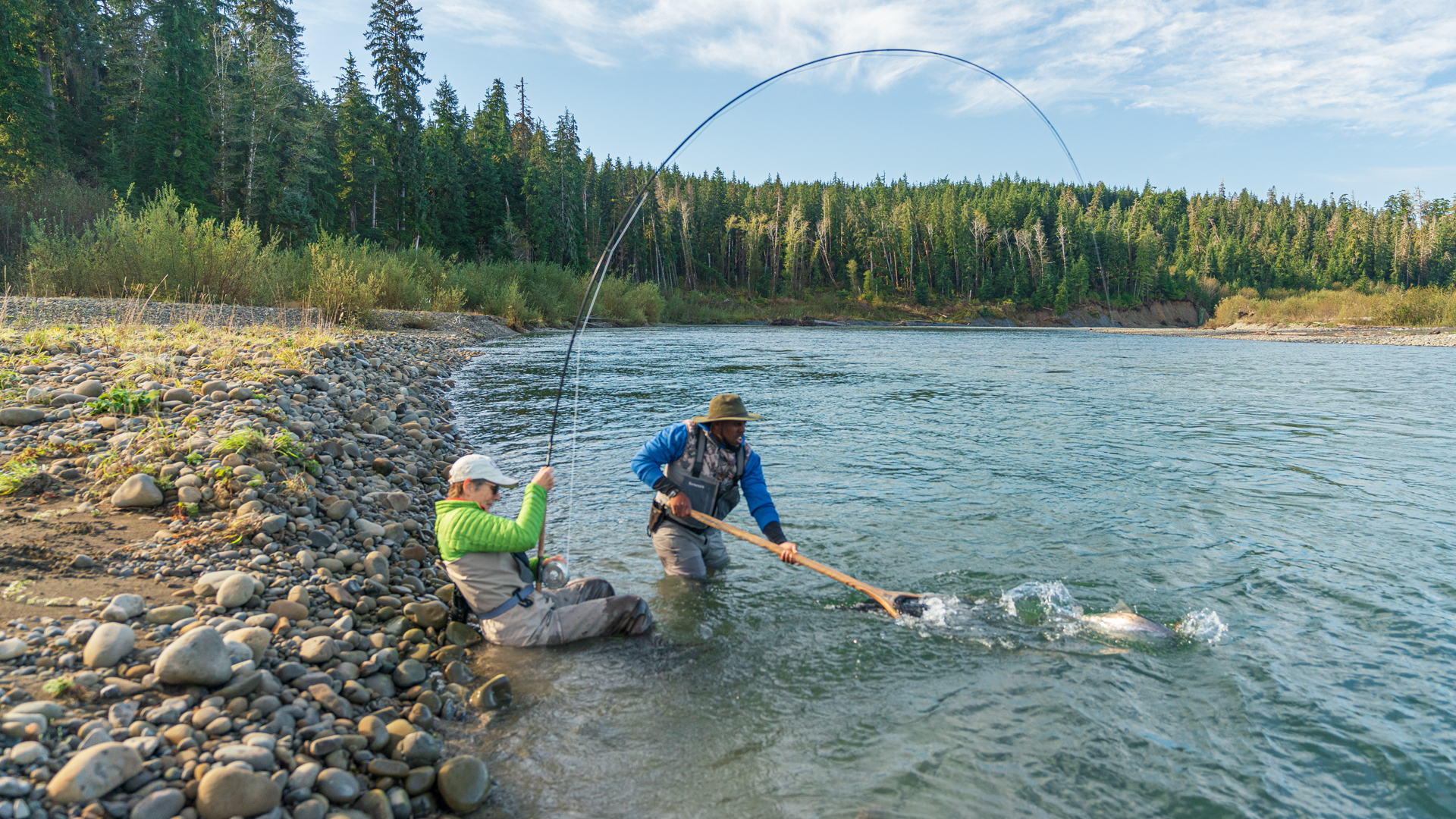Champions of sportfish populations, coastal habitat, and recreational fishing were disappointed by the failure to keep disruptive industrial menhaden harvest activity farther away from Louisiana beaches
Unfortunately, a handful of misguided Louisiana lawmakers undermined the will of the overwhelming majority of residents and legislators seeking reasonable conservation through H.B. 535, which would have created an exclusion zone to keep industrial menhaden harvesters one half mile away from beaches. Legislators reached an impasse last week, despite previous support for the measure in state House and Senate committees.
All who care about Louisiana’s beaches, barrier islands, and fisheries are thankful for Representative Orgeron’s leadership and the help we received from many other coastal lawmakers who put the needs of our state ahead of those of foreign-owned pogie reduction fishing companies. The concerns about the damage being caused to Louisiana’s surf zones by these companies are only going to increase.
There is a reason why every other coastal state has safeguards in place to protect their shorelines against the abuse of commercial pogie fishing. The proposed half-mile buffer zone was a substantial compromise from the one-mile exclusion area considered but not approved by the Louisiana Wildlife and Fisheries Commission. The TRCP, Coastal Conservation Association Louisiana and our coalition partners will continue to champion this issue until we get the necessary protections in place for our coastal ecosystems, fisheries, and coastal communities.
Read on for my official testimony given before Louisiana’s Senate Natural Resources Committee on Tuesday, June 1, when I outlined the argument for this legislative commitment to coastal habitat and jobs in Louisiana. If you find it compelling, sign our open letter to state and federal fisheries officials supporting better management of menhaden, which means pushing back on the foreign-owned companies that disrupt recreational fishing when pogie boats pull up near our beaches and leave dead sportfish in their wake.
TRCP’s Official Testimony on Louisiana H.B. 535
Chairman Hensgens, members of the Committee, thank you for the chance to be here today.
My name is Chris Macaluso. I am the marine fisheries director for the Theodore Roosevelt Conservation Partnership. I am a lifelong Louisianan, proud conservationist, and an avid recreational fisherman.
I want to thank Representative Orgeron for introducing his bill and for working with charter fishermen, recreational fishing groups, and conservation organizations to develop this bill. I want to also thank Representatives Zeringue, Fontenot, and Kerner as well as Senator Allain and all other legislators who participated in the discussions to try to find compromise over the last seven months.
I am here today to urge you to support H.B. 535. As an avid angler, and because of my job, I am on the coast on a weekly basis. I have seen the pogie harvest along our beaches many, many times. I have been fishing within 50 yards of beaches in Plaquemines and Terrebonne Parish and had pogie boats come as close as 100 yards from me and set their nets. It’s never pleasant to see the rafts of dead pogies and the dead redfish, sharks, jacks, and other fish we often see left behind.
I have many friends who are charter captains. I hear from them constantly during the spring and summer about pogie boats in water so shallow that they muddy the water and the boats run aground. They also complain about the dead fish and how sometimes they have to take customers elsewhere because they are disgusted by the sights and smells. I hear from other anglers regularly who see dead redfish on the beaches, floating in the surf. It makes them angry. And it should. That is an iconic fish in Louisiana, a vital part of a $3 billion annual recreational fishing industry in our state being wasted. I have sent all of you links to videos showing this activity, and I could send you many, many more.
Menhaden boats run aground, chew up surf zone in Empire, La.
Dead bull redfish floating in the wake of menhaden boats in Empire, La.
Menhaden boats 300 yards from Elmer’s Island Beach, La.
Dead redfish and menhaden left by menhaden boats in the surf, Elmer’s Island Beach, La.
You may have been told that these are isolated incidents. They are not. This is a regular occurrence during the summer on our beaches.
Once or twice would be an isolated incident. But about 20 times over the last 30 years, I have personally seen rafts of dead pogies multiple times near Grand Isle and Cocodrie, dozens of dead redfish floating at Elmer’s Island and in Lake Pelto, dead pogies and herring washed up on the beach at Grand Isle and Elmer’s Island, and boats fishing in very shallow water less than 200 yards from beaches. I’m not on the water every day. Some charter guides around Grand Isle and Empire see this on a weekly basis.
This is not just about a conflict between user groups. There is a biological concern. It’s estimated nearly a billion pounds of pogies are harvested annually off Louisiana’s coast, and that includes an additional 30 to 50 million pounds of unintended catch—much of which would serve as food for sportfish. All of this harvest happens with no consideration for the role these fish play as food for other fish and animals or the impact on water quality.
The surf zone is home to the highest diversity of fish and wildlife in the Gulf. If the pogie boats are in the same place where speckled trout and redfish are being caught, then speckled trout and redfish are being killed in their nets. The redfish and trout are there to spawn and are eating pogies.
It’s also reasonable to think that the thousands of dead redfish anglers are seeing on our beaches and in the surf are detrimental to our redfish populations. Preliminary results of a study being conducted by NOAA and the University of Florida show a significant reduction in speckled trout and redfish biomass in the Gulf from menhaden harvest—as much as a 50-percent reduction.
I’d also like to address some of the other issues that have been brought up to try and paint this bill as some kind of attack on Louisiana jobs or assault on all commercial fishing. These are all untrue and misleading arguments.
As Representative Orgeron has said over and over again, if this bill was going to cost hundreds of jobs, he wouldn’t have introduced it. And we aren’t here asking the industry to catch any fewer fish. We are asking for some simple, reasonable protection of our beaches.
The argument that efforts to enact reasonable conservation is costing jobs is especially dubious considering Omega Protein chose to eliminate jobs in Cameron Parish by closing its plant in 2014, sending some of those jobs to Mississippi. Nobody here asking for reasonable conservation measures had anything to do with those jobs being lost in Louisiana. That was Omega choosing to do what they called “streamlining” and “reallocating assets.” Meaning fewer jobs for Louisiana and more money for their shareholders.
You have likely heard that this menhaden fishery has received the Marine Stewardship Council Certification for sustainability. That certification is provisional. These two companies have to agree to meet [certain standards in the future, including] ecological reference points. That could mean a reduction in harvest and certainly will mean a catch limit. That could lead to a loss of jobs. And there isn’t an organization here asking for this bill to pass that made these two companies take that step.
Speaking of that certification, Omega Protein received that same certification in the Atlantic for its plant in Virginia in 2019. That same year, the company willfully violated the terms of that certification by blatantly exceeding the catch limit in Chesapeake Bay by more than 30 percent, forcing the Atlantic States Marine Fisheries Commission and the Trump Administration to punish them and reduce the following year’s harvest.
Earlier, I mentioned that Louisiana jobs were moved to Mississippi. It’s fair to ask how much of the opposition to this bill is so pogie boats from Mississippi can fish right up against Louisiana’s beaches and damage Louisiana’s coastal habitat. Mississippi has already moved to protect many of its beaches and barrier islands from this fishery. We are asking Louisiana to do the same.
And I think it’s fair to say Louisiana fishermen and Louisiana lawmakers shouldn’t tolerate a single dead redfish from pogie boats coming here from Mississippi.
So, I’m here today to ask us to take the side of conservation. Let’s do what’s best for our state, our recently restored beaches, and our recreational fishing and tourism economy. Move this fishing activity out of the surf zone and into deeper water where there is less chance to damage our shores and less chance of bycatch. Thank you.
Take action now to support meaningful updates to menhaden management.
Top photo courtesy of Healthy Gulf via Flickr.









Very sad situation. I applaud your efforts, indeed. What was the sticking point? Your argument was so cogent, who could have opposed this modest conservation measure? Please keep up the good fight!
Ignorance lives on those law makers who decided on interest of industrial fishing over there own states people should be voted out.
I have seen these boats many days off of elmers and grand isle and have also seen the dead fish caused by them. It would also be nice to know what coastal damage they’re causing to the floor and also to sea grass that is also disappearing what erosion effects do they cause. I can not believe they did not pass this bill. Just goes to show the big money owns the government, this should have been and open and closed case.
Ban Pogie Boats!!!! Period!!!
Ban them completely! Has anyone written to Senator Kennedy about this problem?